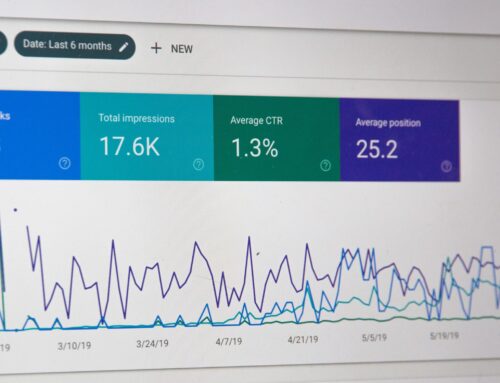 Whether it’s a lack of productivity or a struggle to instill new behavior, the workplace can be bogged down by poor worker habits. Often, the cause of these issues is poorly structured onboarding training. Employees can easily pick up bad habits to try and fill in the gaps themselves. The employees pass these tendencies on to new hires, and then they do the same. While it is convenient to train new hires by having them shadow a more experienced worker, you run the risk of spreading whatever habits they struggle with. This domino effect can be a major reason why company goals aren’t being reached. When eLearning content is carefully created by those who know what ideal employee performance looks like, then many of these shortcuts can be removed. So how do we start this workplace revolution? First, we need to spot what behaviors need changing in the first place.
Whether it’s a lack of productivity or a struggle to instill new behavior, the workplace can be bogged down by poor worker habits. Often, the cause of these issues is poorly structured onboarding training. Employees can easily pick up bad habits to try and fill in the gaps themselves. The employees pass these tendencies on to new hires, and then they do the same. While it is convenient to train new hires by having them shadow a more experienced worker, you run the risk of spreading whatever habits they struggle with. This domino effect can be a major reason why company goals aren’t being reached. When eLearning content is carefully created by those who know what ideal employee performance looks like, then many of these shortcuts can be removed. So how do we start this workplace revolution? First, we need to spot what behaviors need changing in the first place.
Identifying Bad Habits in the Workplace
When identifying habits, it’s important to note that a worker is not going to enjoy being told that they should change the way they do things just because it doesn’t match someone else’s tastes. Management should only look to change employee behavior when it negatively impacts performance. Once a bad habit has been discovered however, there are steps you can take to overcome it. First, analyze the habit. The best way to do this is to break it into three parts: the cue, the routine, and the reward.
| The Cue | The trigger to start the behavior. |
| The Routine | The words or actions that make up the behavior. |
| The Reward | The key element that makes them want to continue the behavior. |
This table shows a simple breakdown of how these three parts can come together to create both a bad and good habit:
| Bad Habit | Good Habit | ||
| Cue | Phone vibrates while working | Cue | Employee arrives at work |
| Routine | Employee checks phone | Routine | Employee puts phone away |
| Reward | Rush of information from device | Reward | Boss recognizes improvements |
Implementing Good Habits
 Unfortunately while forming a bad habit is easy, losing or changing one takes conscious work. Simply put, bad habits need to be replaced with good ones. Trying to remove unwanted behaviors without having a plan in mind just won’t work. So how do you show your employees what good behaviors they can start practicing? Start by finding where their individual strengths lie.
Unfortunately while forming a bad habit is easy, losing or changing one takes conscious work. Simply put, bad habits need to be replaced with good ones. Trying to remove unwanted behaviors without having a plan in mind just won’t work. So how do you show your employees what good behaviors they can start practicing? Start by finding where their individual strengths lie.
Management should focus on encouraging behaviors that highlight strengths, rather than the negative behaviors that they are trying to change. If the brain is constantly thinking about not doing a certain task, it can actually be counterproductive to the goal. So, you need to identify the ideal performance you want to see, then begin working back from there. When employees display these strengths and positive behaviors, recognize them for it. This will function as the reward that makes the brain want to engage in this behavior again and again.
An excellent example of these strategies in action is NCI QuitPal, an app developed to help people along their journey of quitting smoking. What’s great about this app is that it focuses on the positive changes the user is making. For example, rather than shaming them for smoking a cigarette, it shows how much money they’ve saved by smoking less packs a day. It also provides craving tips to help replace the negative behavior of lighting up a cigarette with a positive one that they can start practicing.
Seeing how valuable digital platforms can be to fight habits, it’s no surprise that we’re seeing more of these programs. Habitica is another brilliant app, but this one helps push users to any desired goal. It’s gamified with rewards and punishments. But what makes it unique is its networks. The app provides social networks that bring a sense of unity to the user’s journey, which again, provides the mental reward of being recognized for good behavior.
These are both great examples of reward-based strategies that are bound to lead to a cycle of positive behavior for the user. And once any rewarded behavior starts being repeated, then you’re well on your way to creating a new habit. So, whether the solution for your company is to use a program like one of these, refine one you already have, or build one from scratch, you’re bound to see clear improvements in your worker productivity and bottom line.




